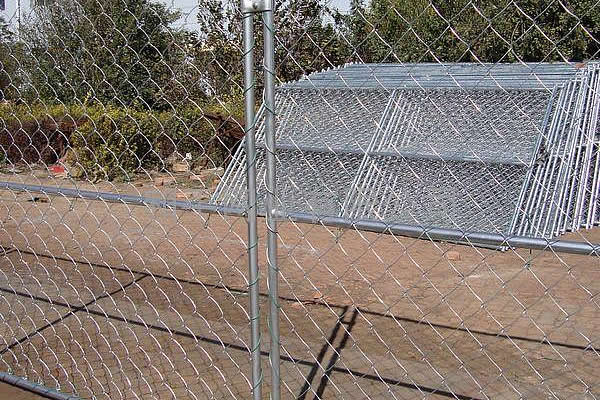 TEL:
+86-13102802206
TEL:
+86-13102802206
 Email:
fencenetting@china.com
Email:
fencenetting@china.com
 Language
Language
 TEL:
+86-13102802206
TEL:
+86-13102802206
 Email:
fencenetting@china.com
Email:
fencenetting@china.com
 Language
Language


The Benefits and Applications of Sheep Netting Fencing
When it comes to livestock management, ensuring the safety and security of animals is paramount. Sheep, in particular, require specialized fencing to protect them from predators and prevent them from wandering off. One of the most effective solutions for sheep owners is sheep netting fencing. This type of fencing offers several benefits and can be a versatile solution for various agricultural applications.
What is Sheep Netting Fencing?
Sheep netting fencing, sometimes referred to as sheep nets or stock fencing, consists of a series of vertical and horizontal wires arranged in a mesh pattern, creating a barrier suitable for confining sheep and other livestock. The design typically features a sturdy framework, which allows it to endure the pressures exerted by animals and environmental factors. The height of sheep netting fences can vary, but they are generally designed to be at least four to five feet tall to prevent sheep from jumping over.
Benefits of Sheep Netting Fencing
1. Security Against Predators One of the primary advantages of sheep netting fencing is its ability to protect sheep from predators. Many farmers face the threat of coyotes, dogs, and other animals that pose a danger to their livestock. Sheep netting’s strong construction deters these predators, ensuring the safety of the flock.
2. Cost-Effectiveness Compared to traditional wooden or barbed wire fences, sheep netting fencing is often more affordable. It is made from durable materials that require minimal maintenance. This affordability makes it an attractive option for large-scale sheep farming operations.

3. Flexibility and Ease of Installation Sheep netting can easily adapt to various terrains and landscapes. Whether the land is flat, hilly, or rocky, netting can be configured to fit the environment. Additionally, installation is straightforward, often requiring fewer resources and less manpower than traditional fencing systems.
4. Preventing Escapes Sheep have a tendency to wander, and without proper fencing, they can quickly find their way out of enclosures. Sheep netting fencing helps to keep the animals contained, reducing the risk of them straying into hazardous areas or neighboring properties. This not only keeps the sheep safe but also minimizes conflicts with neighboring farms.
5. Visibility The mesh design of sheep netting allows for excellent visibility, facilitating farm management activities. Farmers can easily monitor their flock's health and behavior, as well as spot any potential issues quickly. This visibility is particularly beneficial during lambing season when close observation is crucial.
Applications Beyond Livestock Management
Beyond its use in sheep farming, sheep netting fencing has applications in various agricultural and recreational settings. For instance, it can be utilized in gardens to protect plants from herbivorous pests, as well as in wildlife management efforts to restrict animal movement in sensitive ecological areas. Additionally, it can be employed in recreational settings, such as securing a dog park or keeping other domestic animals contained.
Conclusion
In conclusion, sheep netting fencing is an essential tool for anyone involved in sheep farming or livestock management. Its benefits—ranging from enhanced security against predators to cost-effectiveness and flexibility—make it a popular choice among farmers. Moreover, its versatility allows it to serve various applications beyond just sheep containment. As the agricultural industry continues to evolve, investing in efficient and durable fencing solutions like sheep netting will undoubtedly continue to play a crucial role in promoting sustainable livestock farming practices. For anyone considering sheep farming or looking to improve their current livestock fencing, exploring sheep netting options could be a game-changer in ensuring the health and safety of their animals.